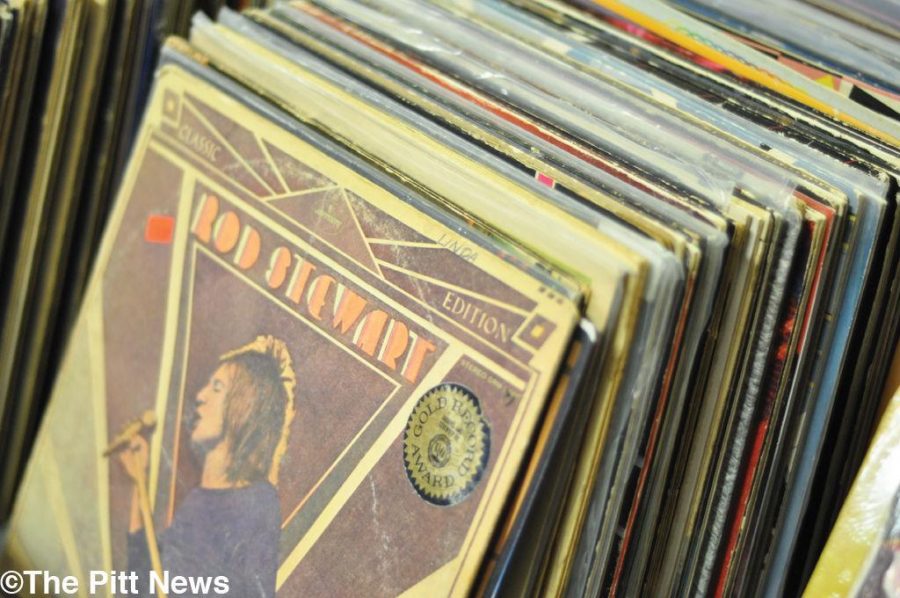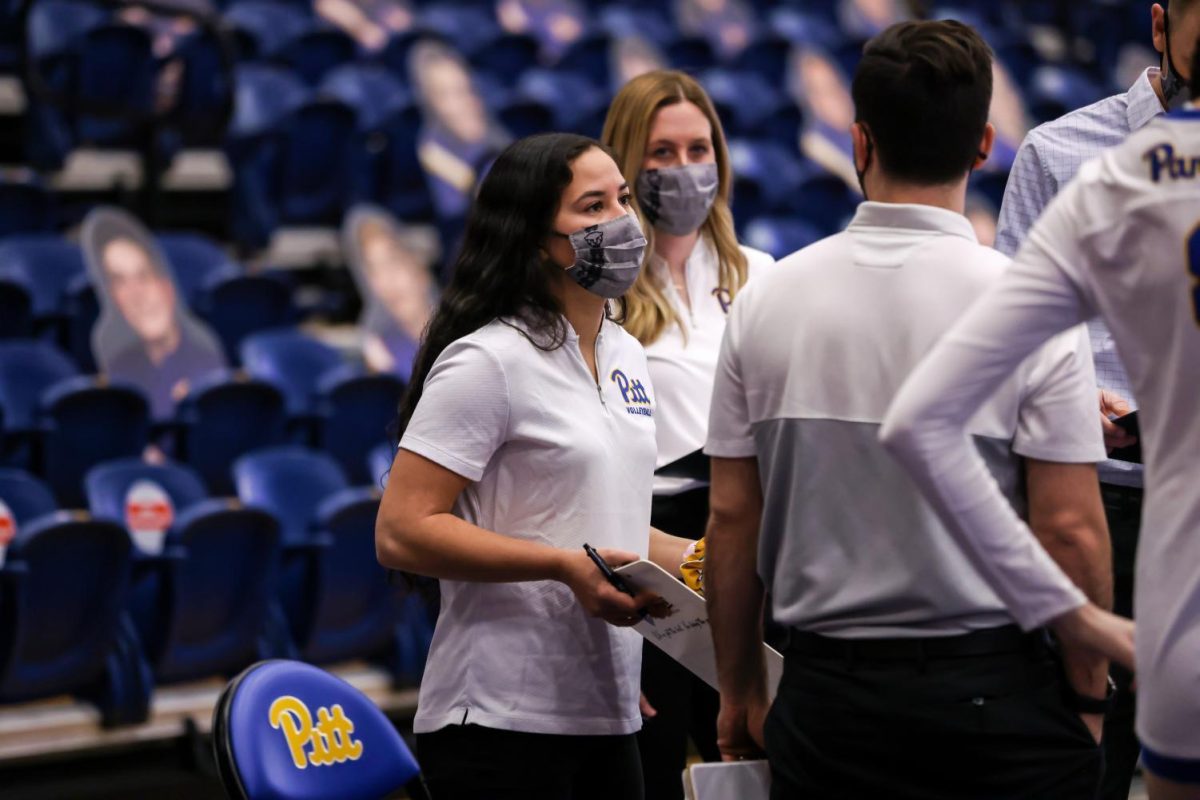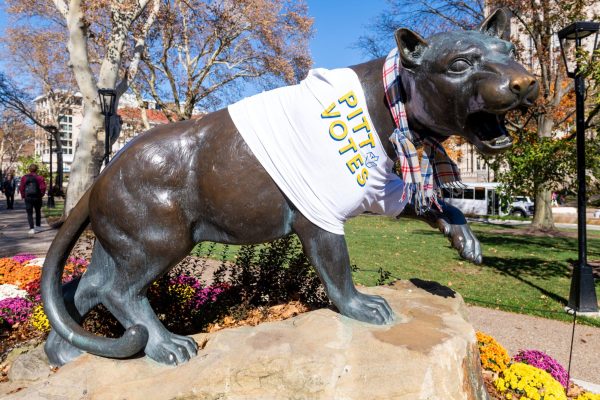On the Record: Pittsburgh still loves vinyl
December 3, 2014
The Beatles, Bob Dylan and Chuck Berry were the soundtrack to hippie culture, campus unrest and the civil rights movement — and they all debuted on vinyl.
According to Nielsen Soundscan, a system that tracks data in the music industry, LP album sales in the United States reached $4.6 million in 2012, which was a 19 percent increase from the previous year. Despite climbing vinyl sales, overall album sales dropped 8.4 percent, proving that interest leads to paying for vinyl, not for music in general. According to Statista, a statistics analysis company that charted Nielsen Soundscans’ data between 2002 and 2012, U.S. vinyl LP sales increased 250 percent over this decade.
An integral part of American history, vinyl records were used to record events more so than television and radio, according to music professor Deane Root.
“The whole hippie culture and the sounds of the 1960s — a lot of that came through vinyl,” Root said.
At Jerry’s Records, a Squirrel Hill vinyl store owned by Jerry Weber, recordings of famous speeches line the wooden shelves alongside old-school comedy acts and the store’s expansive jazz collection.
In 2010, Rolling Stone called Jerry’s one of the best record stores in the United States. Here, record collectors listen to John Mellencamp as they browse a maze of thousands of used records, from jazz, to ’80s metal, to punk and soul.
In 1975, Weber’s friend offered him a room above his bar in Oakland for $75 a month. Weber recalls that he bought and sold CDs for a short time at the location in Oakland, but one day he put up a sign that read “We Buy Records,” and the two started with only 50 records. Within five years, Jerry was successful enough to split from his friend and open his own store in Oakland, Garbage Records, which he owned from 1980 to 1993. Garbage Records later became Jerry’s after he moved to Squirrell Hill. Last Friday, Jerry’s Records celebrated its 20th anniversary at its location in Squirrel Hill.
Weber said customers stop in to buy catalogues from older greats, such as The Beatles and Led Zeppelin.
Contemporary artists succeed in selling vinyl albums, too. Musician Jack White broke records recently with his high-tech, modern art (and more importantly, best-selling) vinyl album of the past 20 years, Lazaretto. Out of stock on both Third Man Record Store’s online website and on Amazon, the popular record combines tradition with innovation, producing a hologram as it spins on the turntable, among other hidden features.
At Jerry’s Records, customers will find exclusively used records. Weber said records from artists who are now deceased, disbanded or retired give people the chance to hear the “true sound” of the band, a phenomenon lost with modern digital recording technology. Young people buying music from his store today want something different, Weber said, and vinyl is something that not everybody has.
Music that transforms into a digital recording loses the high and low overtones of each pitch, Root said, as they are eliminated to create more room for data. To Root, records have more warmth and presence, which makes it feel like the musicians are in the room.
“On the CD or when you’re hearing a MP3 or digital, you’re hearing a portion of the sound that was actually created,” Root said. “Our ears become accustomed to this, and you can’t tell the difference usually.”
Patrons of Jerry’s Records said they’ve picked up on the change when listening to vinyl recordings.
“When I play an old Beatles record in the store, people will come up to me and say, ‘How come mine doesn’t sound like that?’” Weber said. “I’ll say ‘They took it and made it ‘better.’ This is the way they’re supposed to sound.”
In addition to the sound, records also offer more in way of album art. The sleeves of 33s have images of music legend Bing Crosby, Judy Garland’s smiling face and the signature face painted members of Kiss, each a tangible piece of decades past.
For Jerry’s employee and 45 record curator, Chris Kardasz, owning records is about the collection, not just the sound.
Kardasz has been collecting since he was two years old, when he began going to record stores with his father. He would sing the song he wanted to hear and a shop employee would direct him to the correct records. His personal collection now contains nearly 14,000 albums.
Today, record collectors from all over the world travel to Pittsburgh to browse Jerry’s shelves.
“But, people right down the street don’t know we’re here,” Kardasz said.
In the back of Jerry’s Records, next to the floor to ceiling rows of hundreds of white boxes filled with 45s, he picks up a record.
“This record, when it was made, was part of that time period. It was in a record store in 1963, and it still plays.” Kardasz said.








